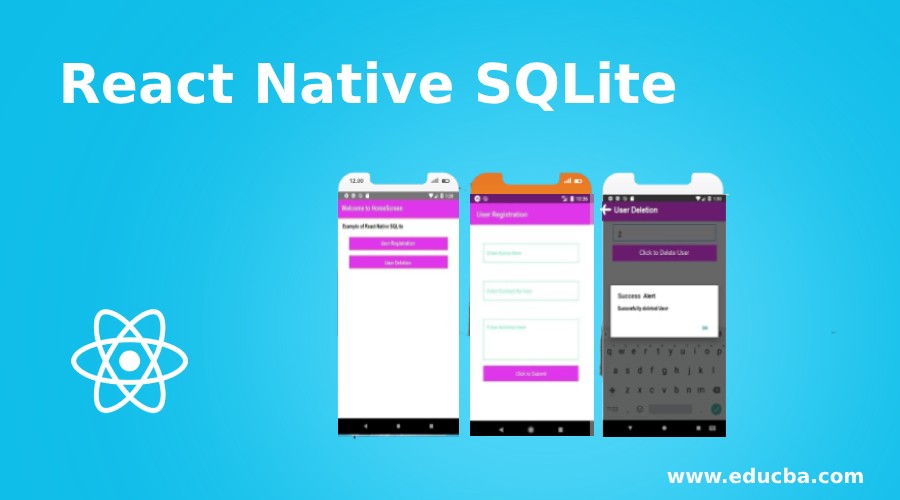

They simply needed more than flat-file access mediated by an operating system.Īnd there lies the heart of the issue with SQLite. They were not designing stand-alone database systems that would support multiple applications simultaneously. They were not looking for enterprise-grade client-server capabilities. Designers were thrilled to have an embeddable database that would allow multiple processes to have sequential read and write access to a data table within an application. So it’s really no surprise that SQLite wasn’t able to service simultaneous read and write requests for a single connection (let alone for multiple connections) when it was designed. Multiple, external, high-bandwidth data connections were uncommon. And as for performance in a networked environment? Wireless networks were reactive and spotty at best. End-user and data security were not yet the high priorities they are today. They were not designed to run multiple processes, let alone multiple threads. Keep in mind that the majority of these applications tended to be monolithic, single-purpose, single-user applications designed for the simpler CPU architectures in use at the time.
#Sqlite transaction increased speed series
SQLite enabled indexing, querying, and other data management functionality through a series of standard SQL calls that could be inserted into the application code, with the entire database bundled as a set of libraries that became part of the final deployed executable. Instead of spending time on all these DIY efforts, application developers were clamoring for a dedicated database they could embed into an application to support their specific data management needs.Īt the turn of the 21 st century, SQLite appeared and seemed tailor-made to meet these needs. Consequently, app developers had to develop a lot of workarounds to deal with the limitations of routine, operating system-based file management services. In the late 90s, as applications became more sophisticated, generated and ingested more data, and performed more complex operations on that data internally. Don’t Mistake Multi-Connection and Multi-Threaded for Client Server In our final analysis of this Serverless Architecture, I’d very much like to explore (read: clarify) what will happen if a developer ignores these cautionary points and doubles-down on SQLite as a way to handle IoT use cases.
#Sqlite transaction increased speed free


 0 kommentar(er)
0 kommentar(er)
